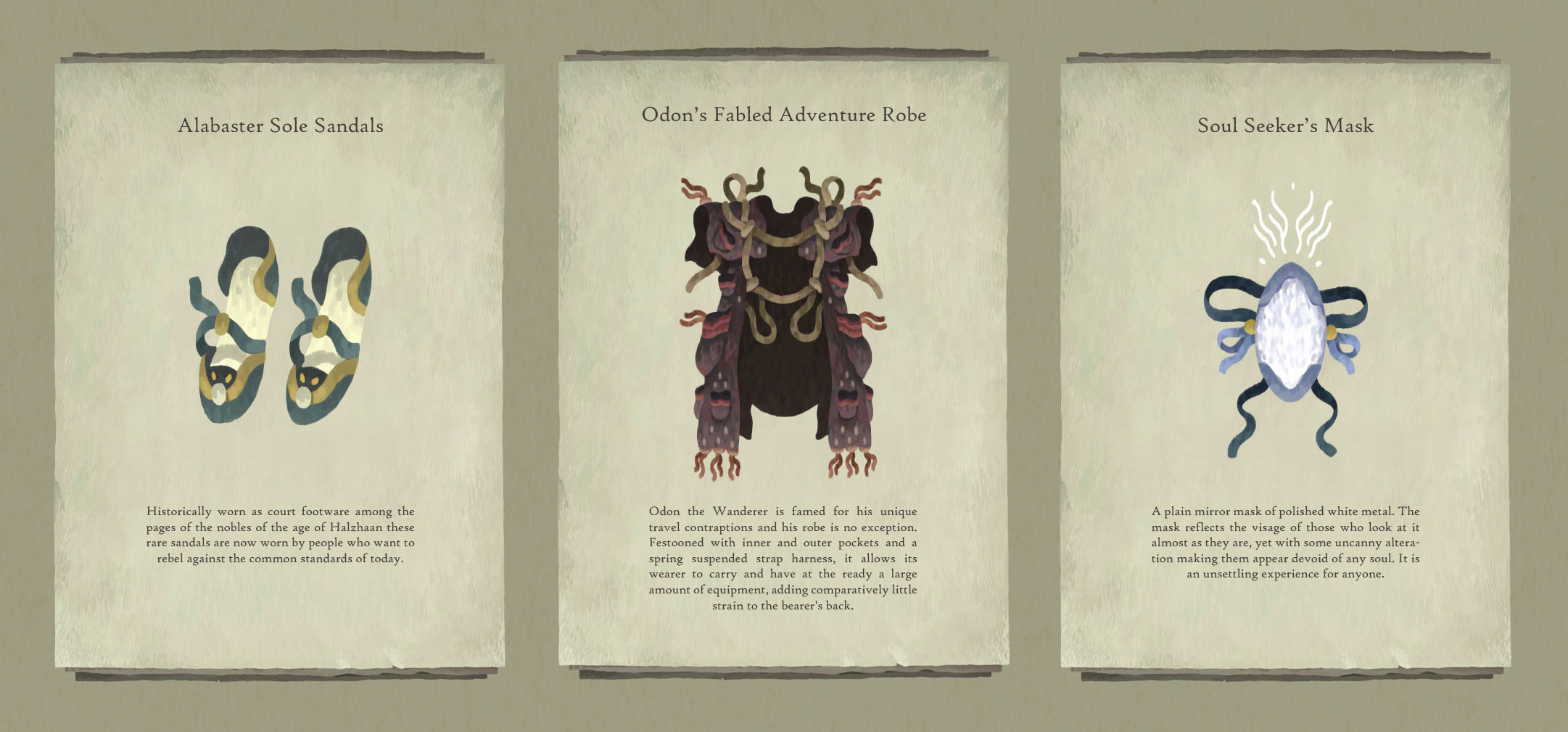

All in all, the aim will be to open a vista to the complex and colorful representational world of early modern Ottomans.Įncounters in archives can be as problematic and unpredictable as those between people. Simultaneously, instances where these seemingly unflinching and fixed boundaries were questioned, challenged, or overlooked will be located and contextualized. The examination of recurrent stock images, stereotypes, and depictions of Euro-Christians will hint at the ways Ottomans constructed and articulated a discourse of alterity based on the juxtaposition of a (pure and ideal) Self against a (reprehensible and threatening) Other. By a careful analysis of the narratological structure of specific Ottoman works, the degree to which Euro-Christians had permeated the minds (and souls) of Ottoman-Muslims will be evaluated. Through the study of a selection of various sources ranging from pseudo-historiographic warrior epics to lyric poetry, the main objective will be to expose the multivocality and ambivalence of Ottoman texts dealing – exclusively or partially - with the Western cosmos. This study is a preliminary attempt to chart out the manifold ways Ottomans envisioned and imagined the Euro-Christian world during early modern times.

Key Words Evliyâ Çelebi’s Seyahatnâme (Book of Travels), acayib ü garayib, fantastic, reality and fiction. In this study, focusing on acayib ü garayib of Seyahatnâme, the concept of Acâib literature will also be analyzed through such concepts as “true and untrue”, “reality and fiction”, “context” and “knowledge”. Rather, in the majority of the texts, these terms refer more than anything else to the realm of reality, rather than to that of fantasy. Besides this, Evliyâ rarely places a totally fictitious, supernatural, or fantastic story under the title of acayib or garayib. The common characteristic of these texts is that they all evoke a feeling of “astonishment”. Thus, it is difficult to say that the narratives of “marvels and wonders” in the Seyahatnâme focus on certain restricted topics. These include most of the basic concepts in Evliyâ’s travels, and indeed in his life.

To fully understand what Evliyâ finds to be “strange and wondrous” and why he does so, the narratives in question can be classified under certain concepts, such as talismans and spells, magic and witchcraft, dreams and prophecies, adventures, physical appearances, animals, different beliefs or cultures, landforms, architectural structures, and so on.

Considering the long-standing history of Acâib in the tradition of travel narratives, Evliyâ’s use of this category seems to be a conscious decision based on the Islamic tradition of travel writing. One such genre, which is important for appreciating Evliyâ Çelebi as a storyteller and understanding the fictional dimensions of his work, is that of “marvels and wonders” (acayib ü garayib). Evliyâ Çelebi, in his work Seyahatnâme (Book of Travels), draws the reader’s attention to certain narratives by repeated recourse to specific narrative genres.


 0 kommentar(er)
0 kommentar(er)
